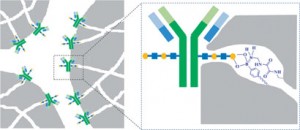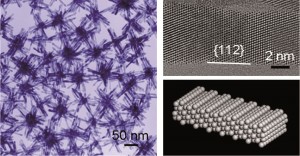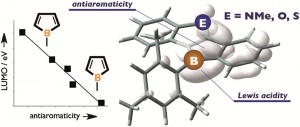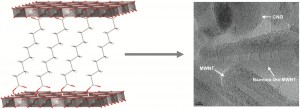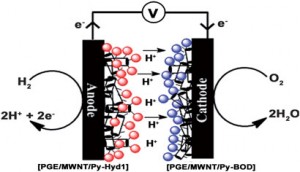This month sees the following articles in Chemical Science that are in the top ten most accessed:-
Synergistic catalysis: A powerful synthetic strategy for new reaction development
Anna E. Allen and David W. C. MacMillan
Chem. Sci., 2012, 3, 633-658, DOI: 10.1039/C2SC00907B
Lewis base-promoted carbon-carbon sp3-sp3 coupling reactions of a-silyl silylethers
Jonathan A. Brekan, Dmitri Chernyak, Kolby L. White and Karl A. Scheidt
Chem. Sci., 2012, 3, 1205-1210, DOI: 10.1039/C2SC00581F
Asymmetric Diels-Alder reaction of ß,ß-disubstituted enals and chromone-fused dienes: construction of collections with high molecular complexity and skeletal diversity
Jun-Long Li, Si-Li Zhou, Peng-Qiao Chen, Lin Dong, Tian-Yu Liu and Ying-Chun Chen
Chem. Sci., 2012, Advance Article, DOI: 10.1039/C2SC20096A
Molecular scaffolds with remote directing groups for selective palladium-catalyzed C-H bond functionalizations
Erin E. Stache, Curtis A. Seizert and Eric M. Ferreira
Chem. Sci., 2012, Advance Article, DOI: 10.1039/C2SC20176C
Metal-free, aerobic ketooxygenation of alkenes using hydroxamic acids
Valerie A. Schmidt and Erik J. Alexanian
Chem. Sci., 2012, Advance Article, DOI: 10.1039/C2SC01042A
Direct Oxidative Arylation of Secondary Alcohols with Arylsilanes via Rhodium-Catalyzed C-C Bond Cleavage
Kang Chen, Hu Li, Yang Li, Xi-Sha Zhang, Zhi-Quan Lei and Zhang-Jie Shi
Chem. Sci., 2012, Advance Article, DOI: 10.1039/C2SC00923D
The intramolecular Diels-Alder reaction of tryptamine-derived Zincke aldehydes is a stepwise process
Hung V. Pham, David B. C. Martin, Christopher D. Vanderwal and K. N. Houk
Chem. Sci., 2012, Advance Article, DOI: 10.1039/C2SC01072K
Mechanistic Understanding on Rh-Catalyzed Aryl C-H Addition to N-Sulfonylaldimines
Yang Li, Xi-Sha Zhang, Hu Li, Wen-Hua Wang, Kang Chen, Bi-Jie Li and Zhang-Jie Shi
Chem. Sci., 2012, Advance Article, DOI: 10.1039/C2SC01081J
Ni(0) or Cu(0) catalyzed cleavage of the unactivated C-Cl bond of 2-chloro-1,1,1-trifluoroethane (HCFC-133a) via a single electron transfer (SET) process
Tang Xiao-Jun and Chen Qing-Yun
Chem. Sci., 2012, Advance Article, DOI: 10.1039/C2SC01083F
Asymmetric C(sp3)-H/C(Ar) coupling reactions. Highly enantio-enriched indolines via regiodivergent reaction of a racemic mixture
Dmitry Katayev, Masafumi Nakanishi, Thomas Bürgi and E. Peter Kündig
Chem. Sci., 2012, Advance Article, DOI: 10.1039/C2SC20111A
Why not take a look at the articles today and blog your thoughts and comments below.
Fancy submitting an article to Chemical Science? Then why not submit to us today or alternatively contact us with your suggestions.











